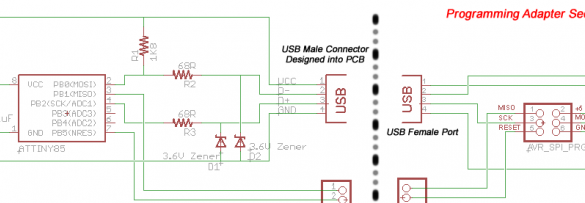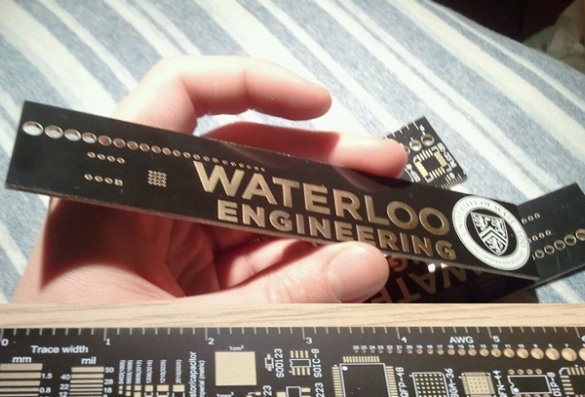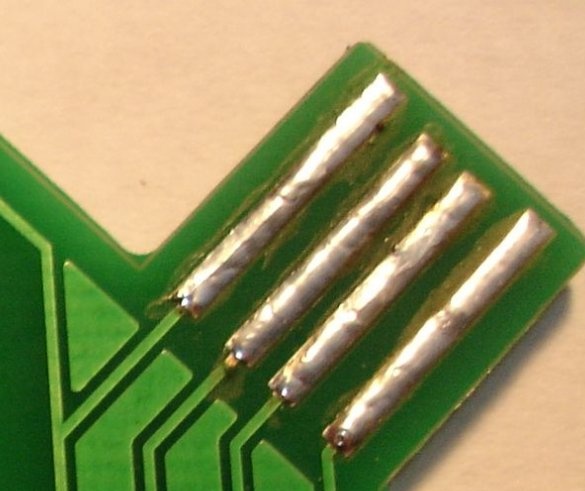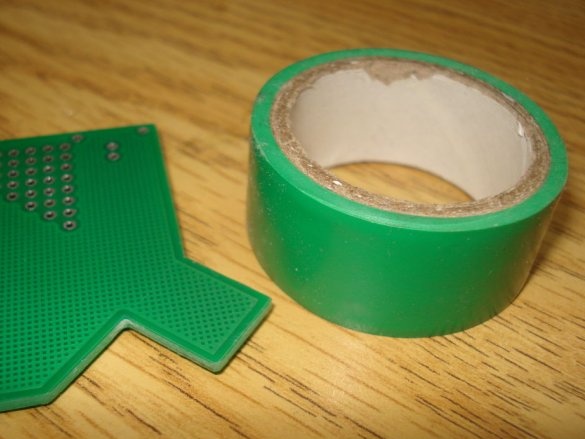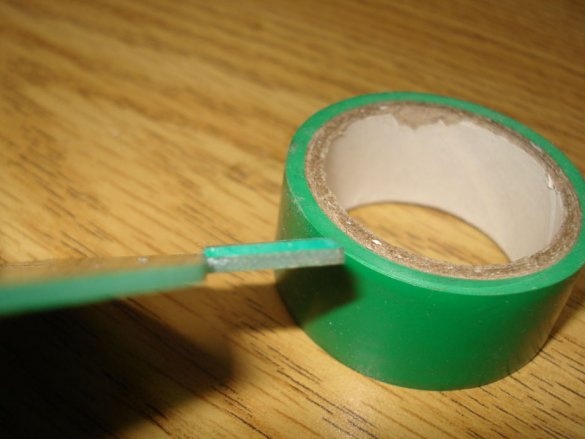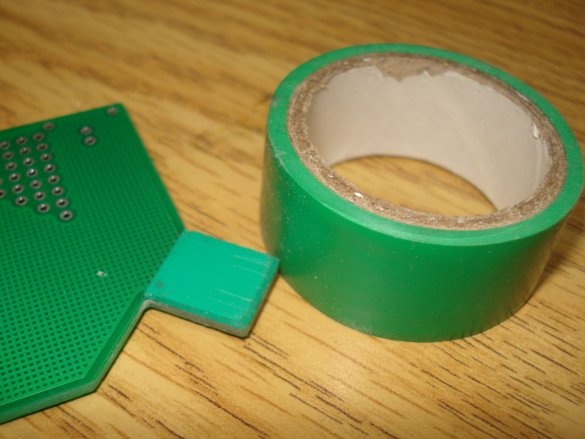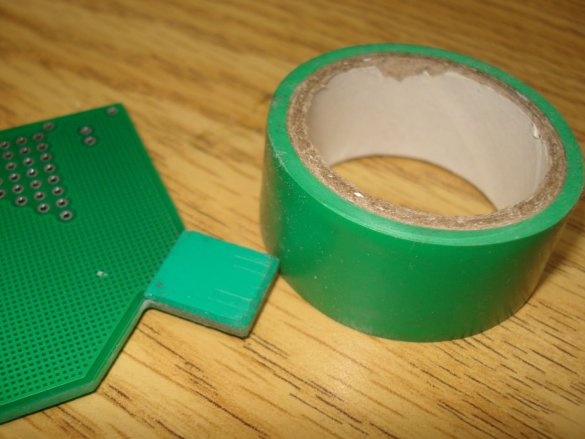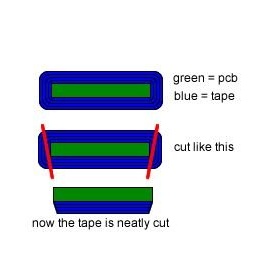
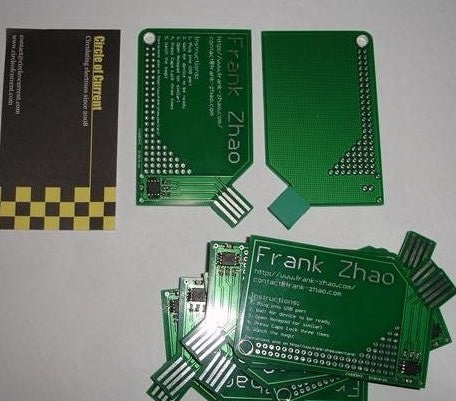
This design of the author Instructables under the nickname frank26080115 is not the first or last USB business card in the world, but it is very interesting. The connector on it is located so that when connected to the port, the board rotates at an angle. A device made on the ATtiny85 microcontroller - the same as in Digispark - is defined in almost any OS as a USB keyboard. But immediately the business card does not start typing anything. Having opened the TXT file editor (Geany, Notepad, etc.), the user, according to the instructions on the board, presses the Caps Lock key three times. Information about this comes to all keyboards connected to the computer, including the business card. Here she begins to type, for example, a resume of her owner with links to the portfolio. Although such a business card in itself is a good portfolio.
The master makes a diagram of the business card itself and the adapter, which will be required to connect it to the programmer. In addition to the four lines of the USB port, when programming, two more lines that are displayed on the site are involved. Hereinafter, the use of PNG files wherever they are used is justified, since they are indexed, and in this form their volume is less than that of JPG files of the same resolution.
Next, the wizard shows the pinout of the microcontroller:

Takes dimensions from the USB plug and its contact pads, creates a component in the Eagle program according to the measurement results:
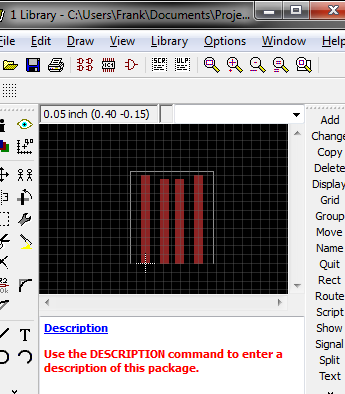
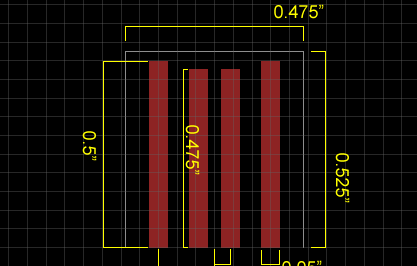
Creates the board perimeter, transfers this component there:
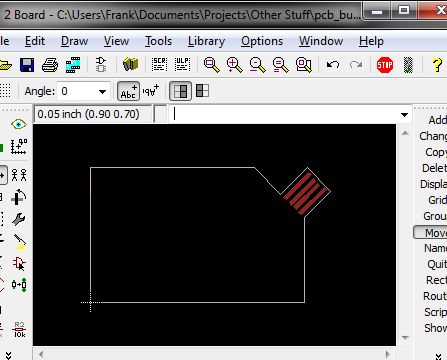
It has on the circuit board areas for components and conductors for their connection, additional decorative elements, text information:
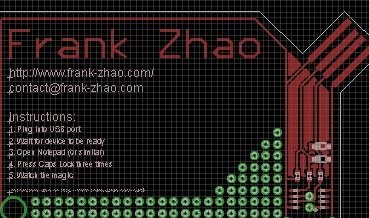
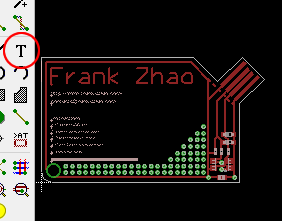
The tStop and bStop layers control the application of a mask to the board, and the letters t and b mean top and bottom, respectively. By analogy, tSilk and bSilk layers are responsible for silkscreen printing.
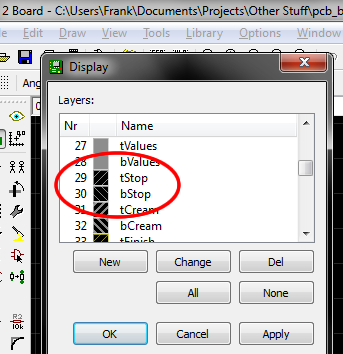
In the following illustration, the wizard shows the difference between the absence and presence of a mask, as well as the correspondence of colors to layers in the program:
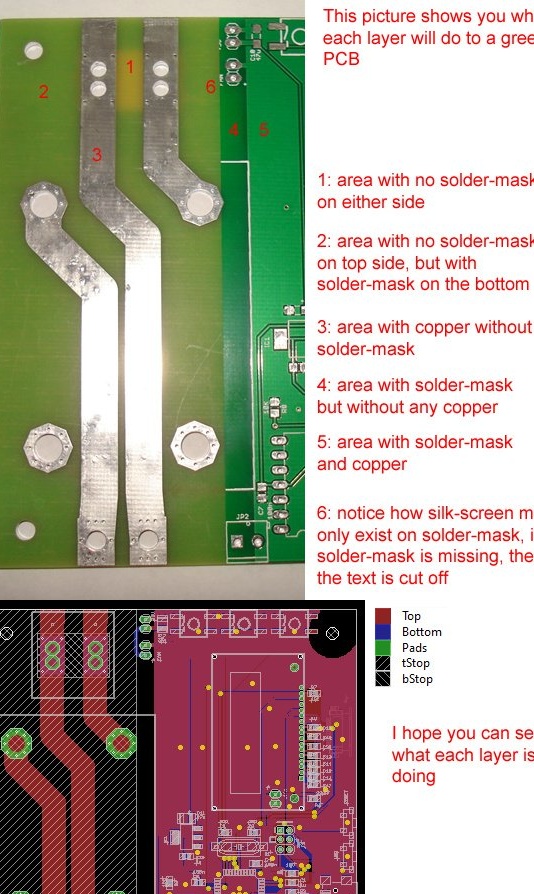
This is how some conductors can be masked, others not:
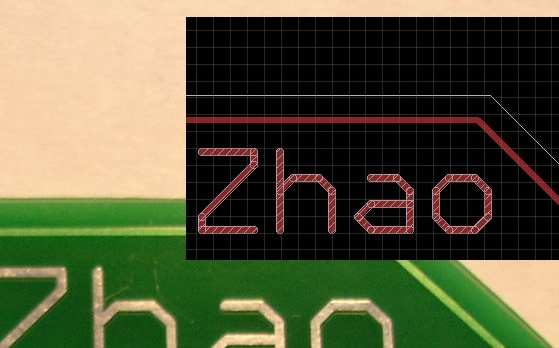
Using the same technology as the boards, you can make lines:
Many isogovotov allow you to order boards of various colors:
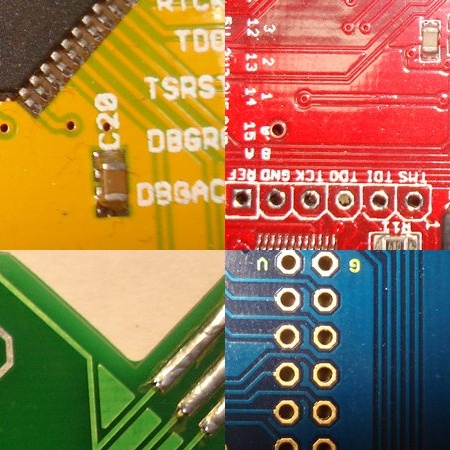
The following wizard shows how to import bitmaps into Eagle:
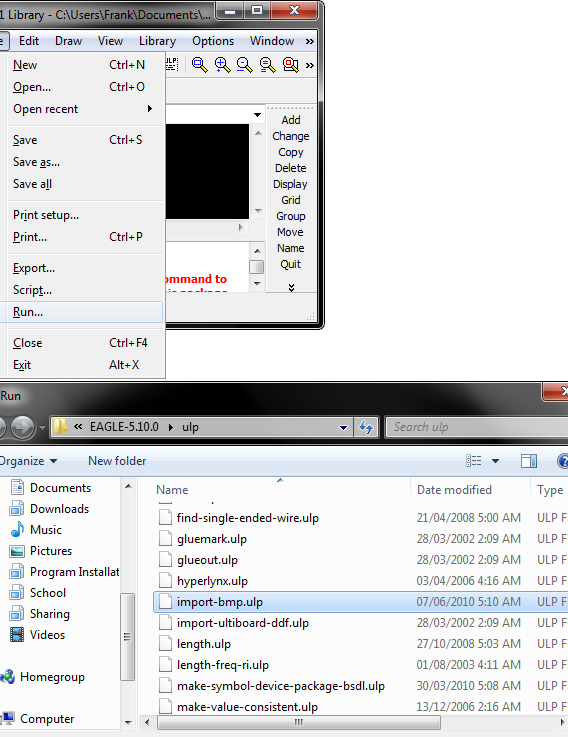
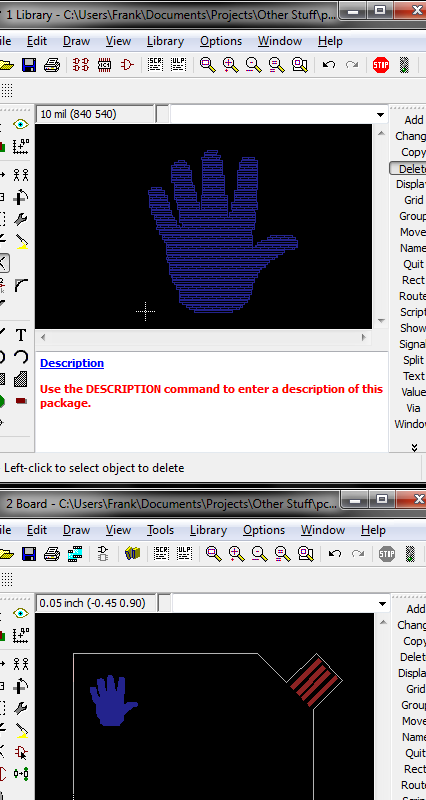
Having developed the board, the wizard saves the file with the CAM extension and uploads it here. In this case, the Instructables engine assigns it the TMP extension, which after downloading needs to be changed back to CAM. The wizard extracts Gerber from this file like this:
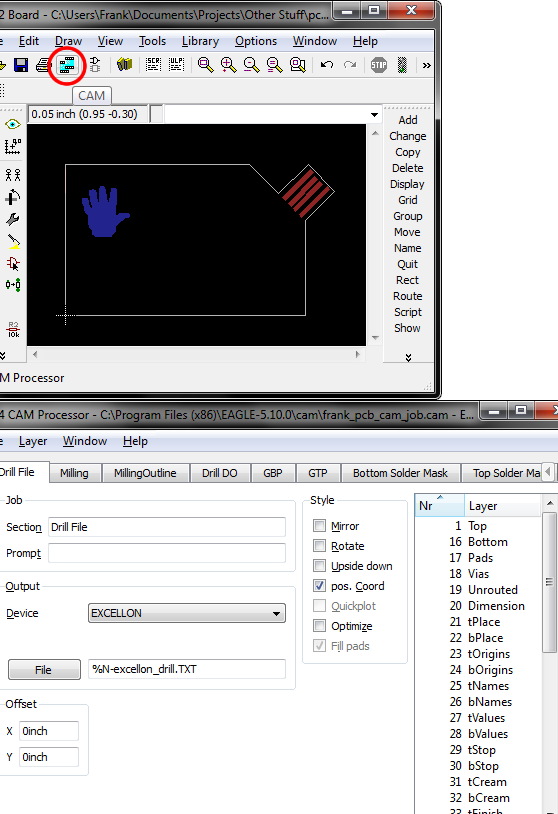
Archives them and sends them to the board manufacturer - in this case, Seeed Studio, ArduinoSeeeduino compatible board - their development. But this is unprincipled, any other manufacturer will do, or LUT without all these masks and silk screen printing, but in this case it’s better not to do this, because this is a business card and a portfolio in one bottle. View Gerber's wizard recommends the Gerbv program, laid out here.
After receiving the manufactured boards, the master modifies the makeshift USB plug as shown below:
And solder components:
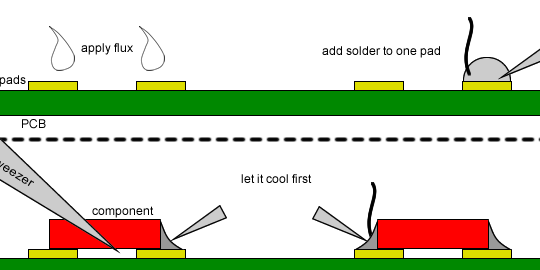
Writes firmware and uploads it here. Assembles an adapter for the programmer according to the scheme given at the beginning of the article, and programs the microcontroller with its help:
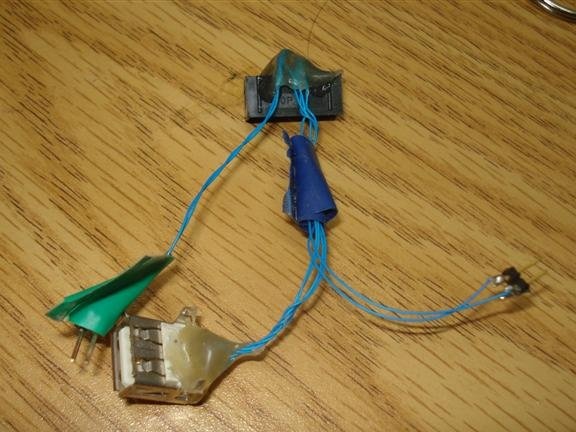
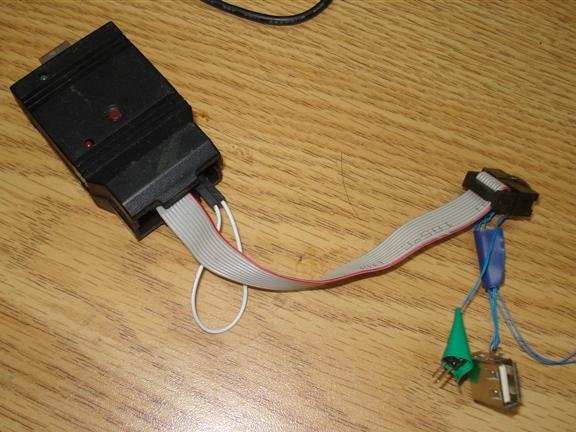
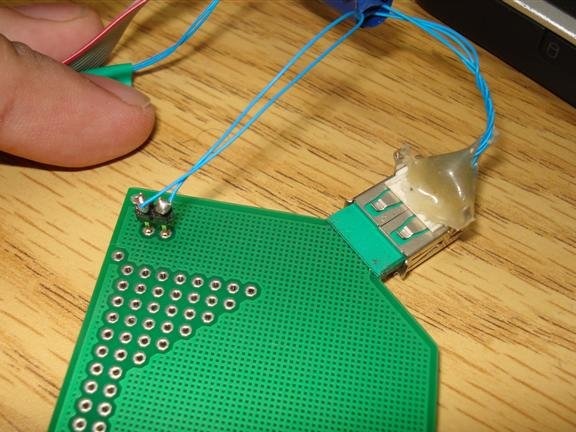
After that, the finished USB business card is ready for verification. After checking each of the business cards made, you can give them to counteragents.

